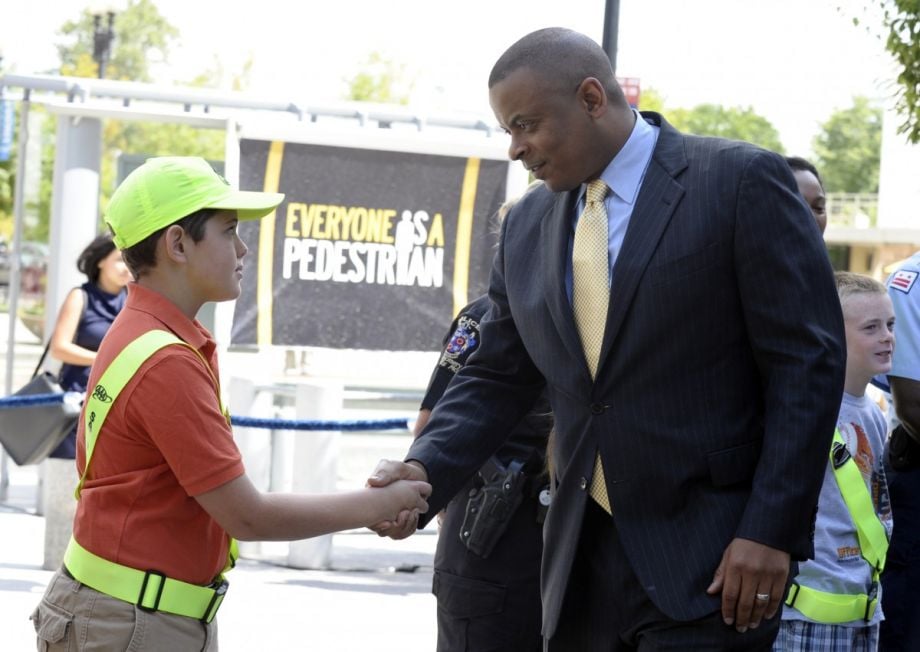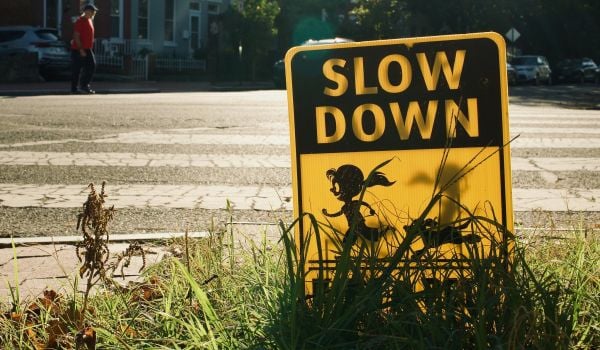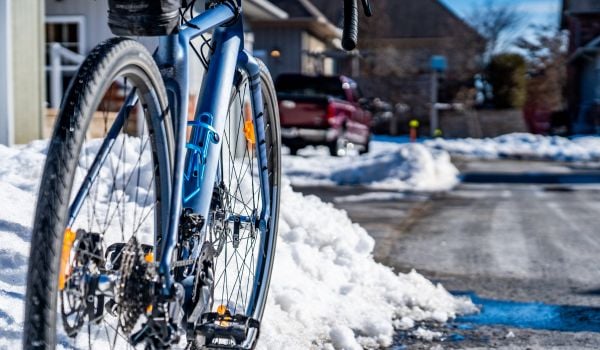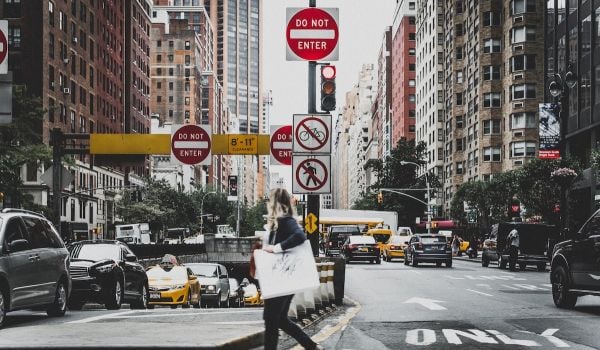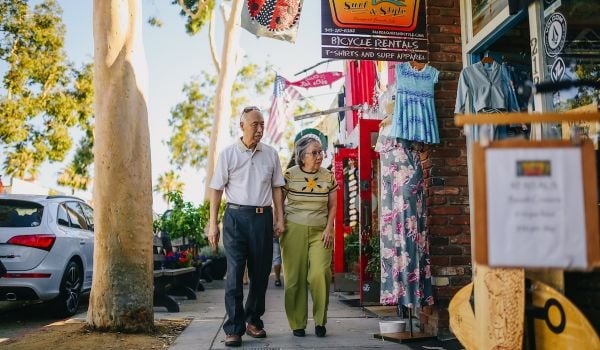In 2012, 4,743 pedestrians and 726 bicyclists were killed in the United States, up 6 percent from the previous year. Rep. Rick Larsen, of Washington, has a sneaking suspicion that road design — specifically designs that make things safer for cars — are a big part of the problem.
To find out for sure, Larsen along with Reps. Eleanor Holmes Norton (of D.C.) and Peter DeFazio (of Oregon) sent a letter to the Government Accountability Office in late December asking for an investigation into trends and causes of crashes involving bicyclists and pedestrians and recommendations for improving safety.
The request centers on the question of whether or not road designs that make driving safer are putting bicyclists and pedestrians at greater risk — at a time when cities around the country are creating more bike lanes and promoting walkability.
Their letter says, “Roads are designed and built with wider, straighter lanes and have fewer objects near the edges, more turn lanes, and wider turning radii at intersections. While these practices improve driving safety, a suspected unintended consequence is that drivers travel faster when they feel safer. Greater speeds can increase the frequency and severity of crashes with pedestrians and cyclists who are moving at much slower speeds and have much less protection than a motorized vehicle affords.” (In an effort to stop pedestrian deaths, in November, NYC tackled the speed issue by reducing the city’s default to 25 mph.)
Larsen says this is not a new issue for him both as a “lifelong bike rider” and a politician. “Bike paths and pedestrian safety were an important part of my work as a local elected official in Snohomish County. I helped fund portions of the Centennial Trail … an important backbone of the biking network in the Northwest.”
Larsen, Norton and DeFazio are all members of the House Committee on Transportation and Infrastructure and will help write the next Surface Transportation Bill.
“I saw the numbers of pedestrians and bicyclists killed in 2012 and thought there must be something more and better we can do to increase safety. We asked the GAO to look into the issue and come up with some direction for us as we move forward in writing a longer-form Surface Transportation Bill.”
Caron Whitaker, VP of government relations at the League of American Bicyclists, is excited about the foundational data GAO’s report could provide: “If you want to set a goal you need to have the research and data to know how to best reach that goal.”
Whitaker says one of those goals might be how to address road building given the Federal Highway Administration’s new projection that per capita vehicle miles traveled will level off.
“We need to rethink some of the policies and practices we used when we were building a system expecting more and more driving,” Whitaker says. “Now that we’re expecting driving per person to level off, how do we need to change those practices? I think that’s what Rep. Larsen’s letter brings to the table.”
Depending on the GAO’s findings, Larsen says he and colleagues might write legislation to address federal design standards, or take the report straight to the U.S. Department of Transportation to address standards directly.
Larsen might just find an ally in Transportation Secretary Anthony Foxx who announced the USDOT’s Safer Streets, Safer People initiative last fall, which aims to increase bicyclist and pedestrian safety. The agency will conduct road safety assessments in all 50 states that will inform changes to both policy and street design.
The GAO request also comes on the heels of a bike and ped safety requirement that Washington Sen. Patty Murray included in the 2015 Omnibus Appropriations Bill. It directs the USDOT to create a “performance safety measure” that will require states to set a goal to reduce bike and walking fatalities and report back on their progress. The bill directs USDOT to establish the performance safety measure no later than Sept. 30, 2015.
In short, the feds are paying attention to walkers and bikers.
Whitaker says, “I’m really excited with the progress we’ve seen with bicyclist and pedestrian safety, from the DOT to what’s happening in Congress. Congress has put an increased emphasis on safety the last few years. Now this understanding that safety needs may be different for different modes is a really positive move forward.”
Larsen says, ultimately, he just wants roads safe for all users. “If we want to encourage people to bike more, we need to have a transportation network that supports it, which means we need a transportation network that accommodates everyone in a safe manner.”
The Works is made possible with the support of the Surdna Foundation.

Josh Cohen is Crosscut’s city reporter covering Seattle government, politics and the issues that shape life in the city.
Follow Josh .(JavaScript must be enabled to view this email address)


